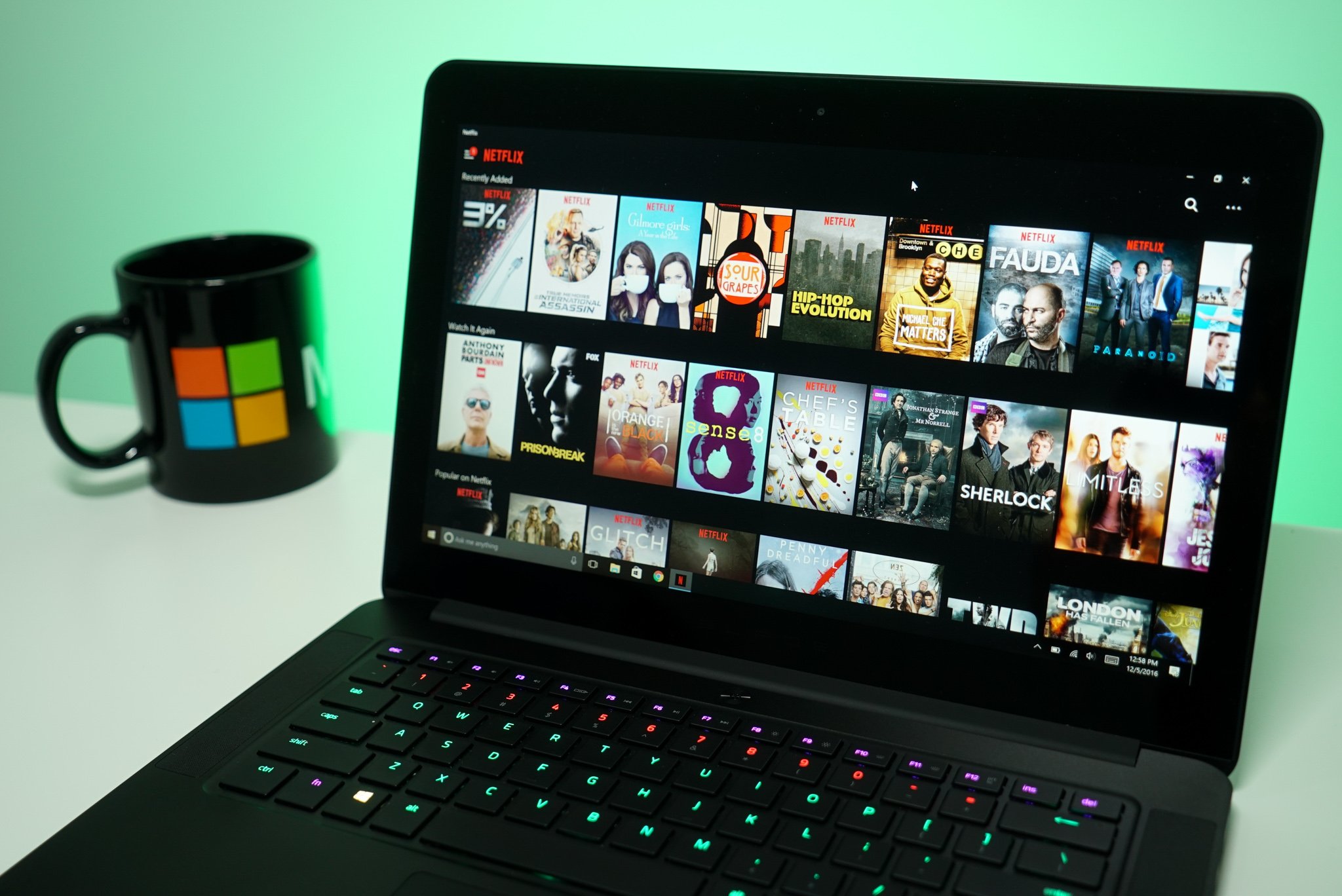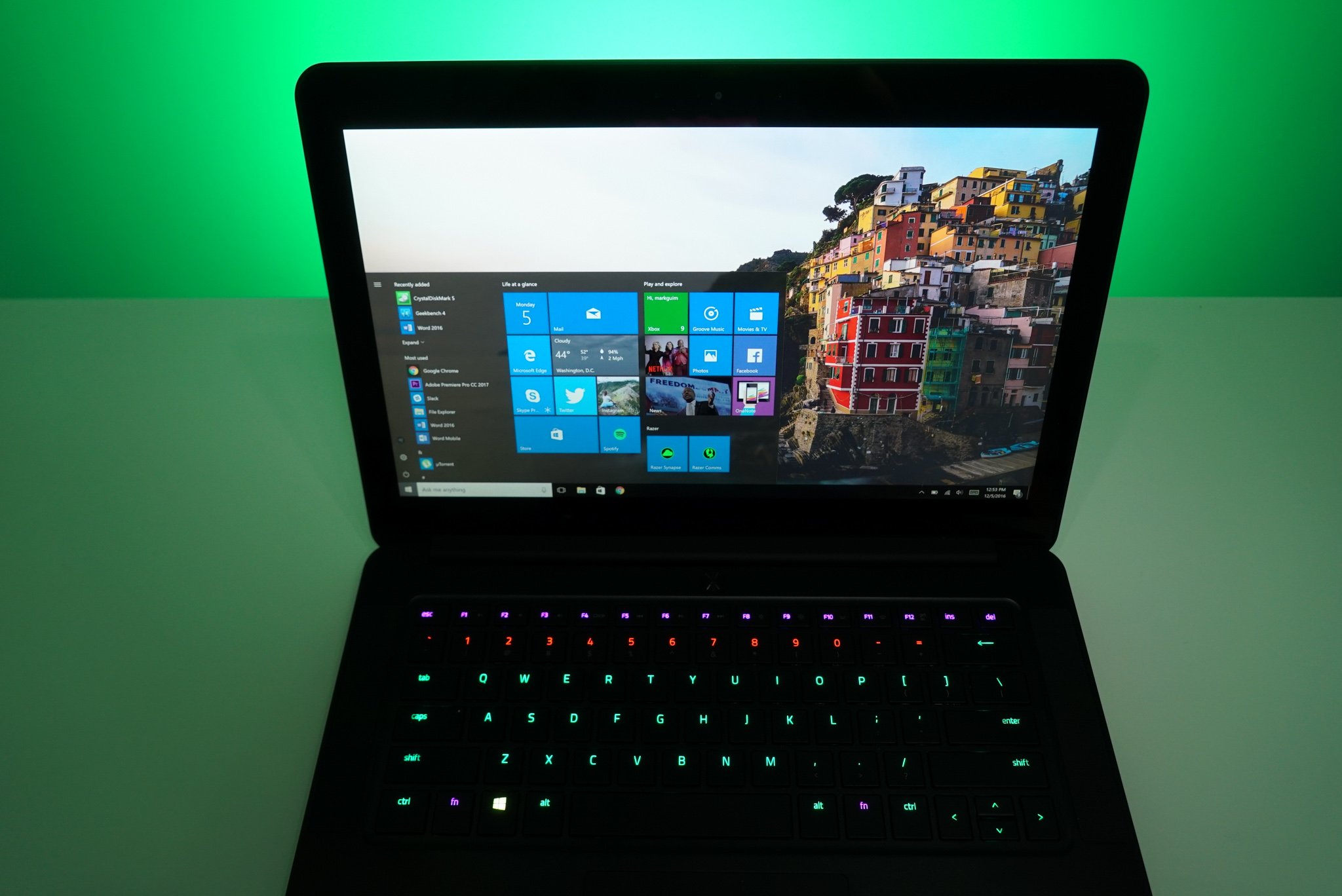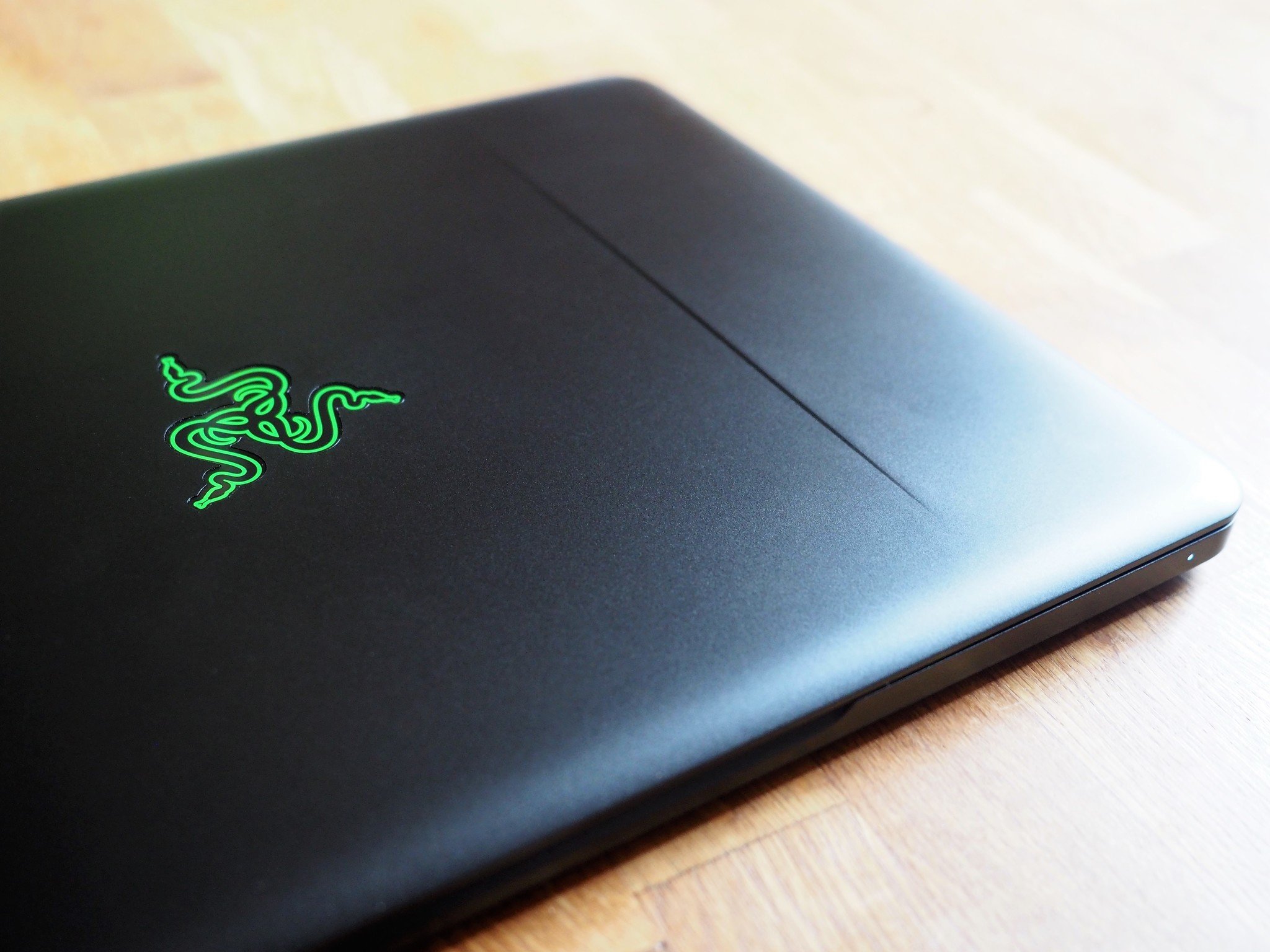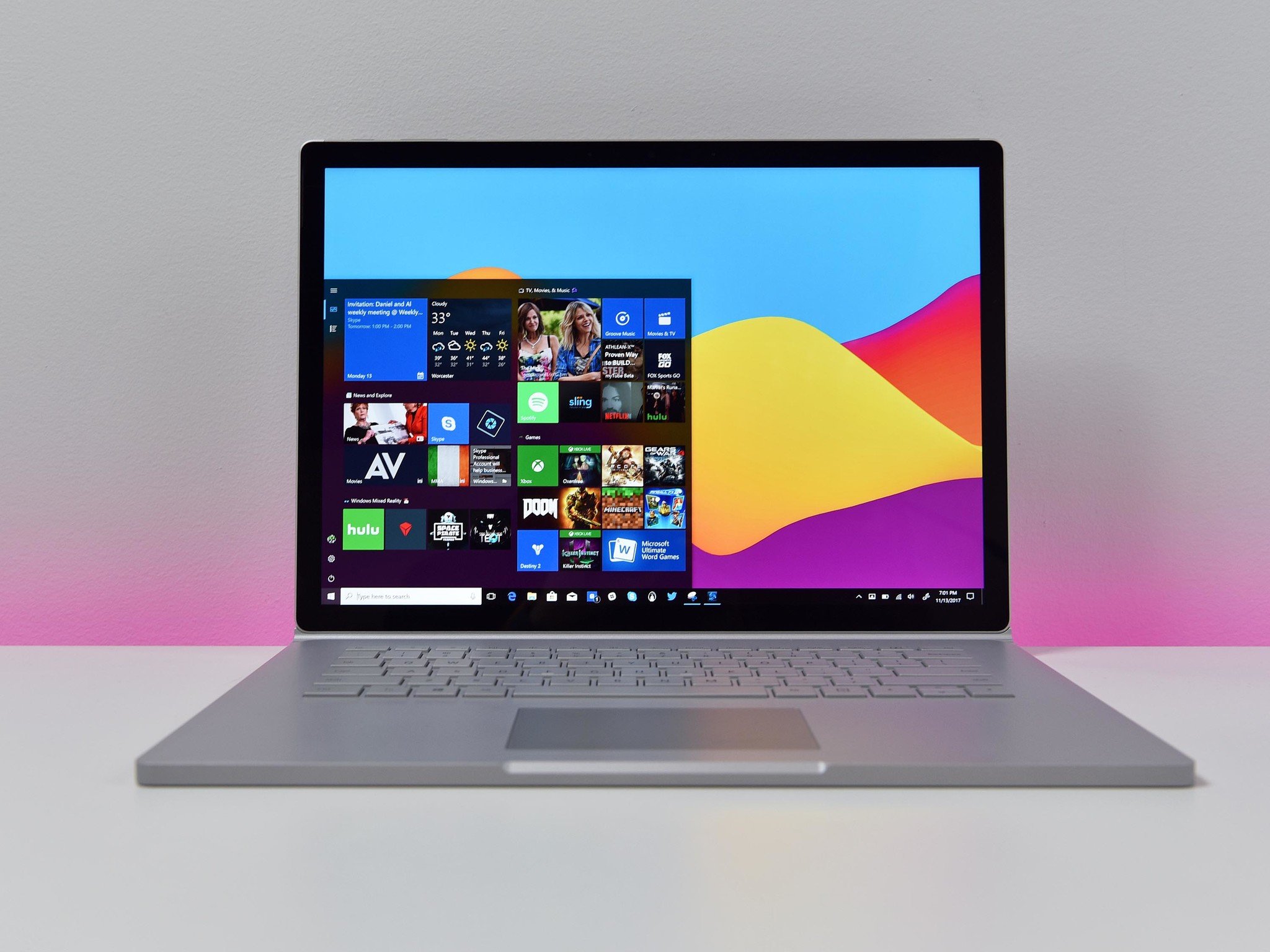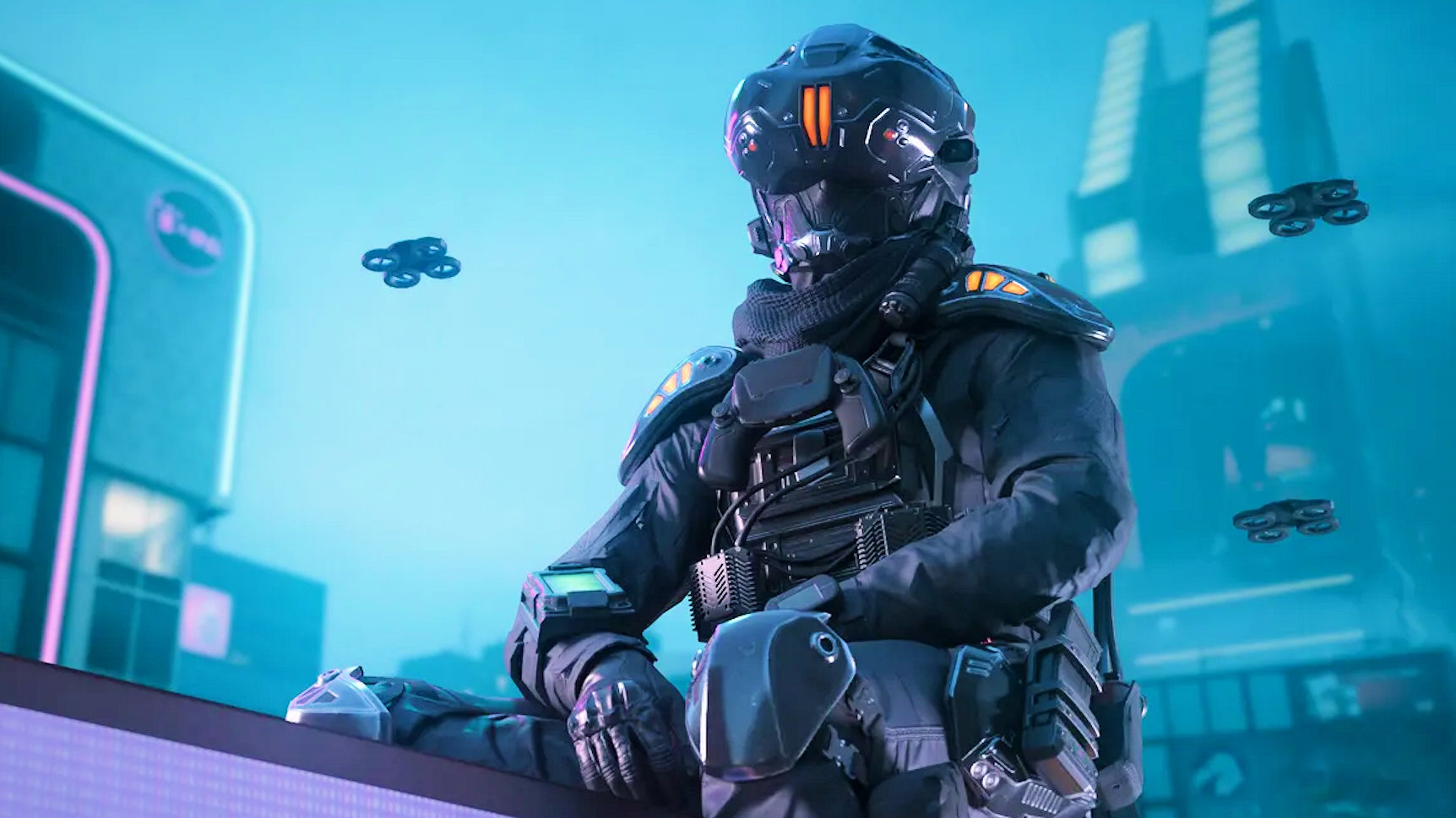Surface Book 2 15-inch vs. Razer Blade 14 (2017): Battle of the Windows laptop titans
The Surface Book 2 and Razer Blade 14 (2017) have similar specs on the surface, but which should you buy?
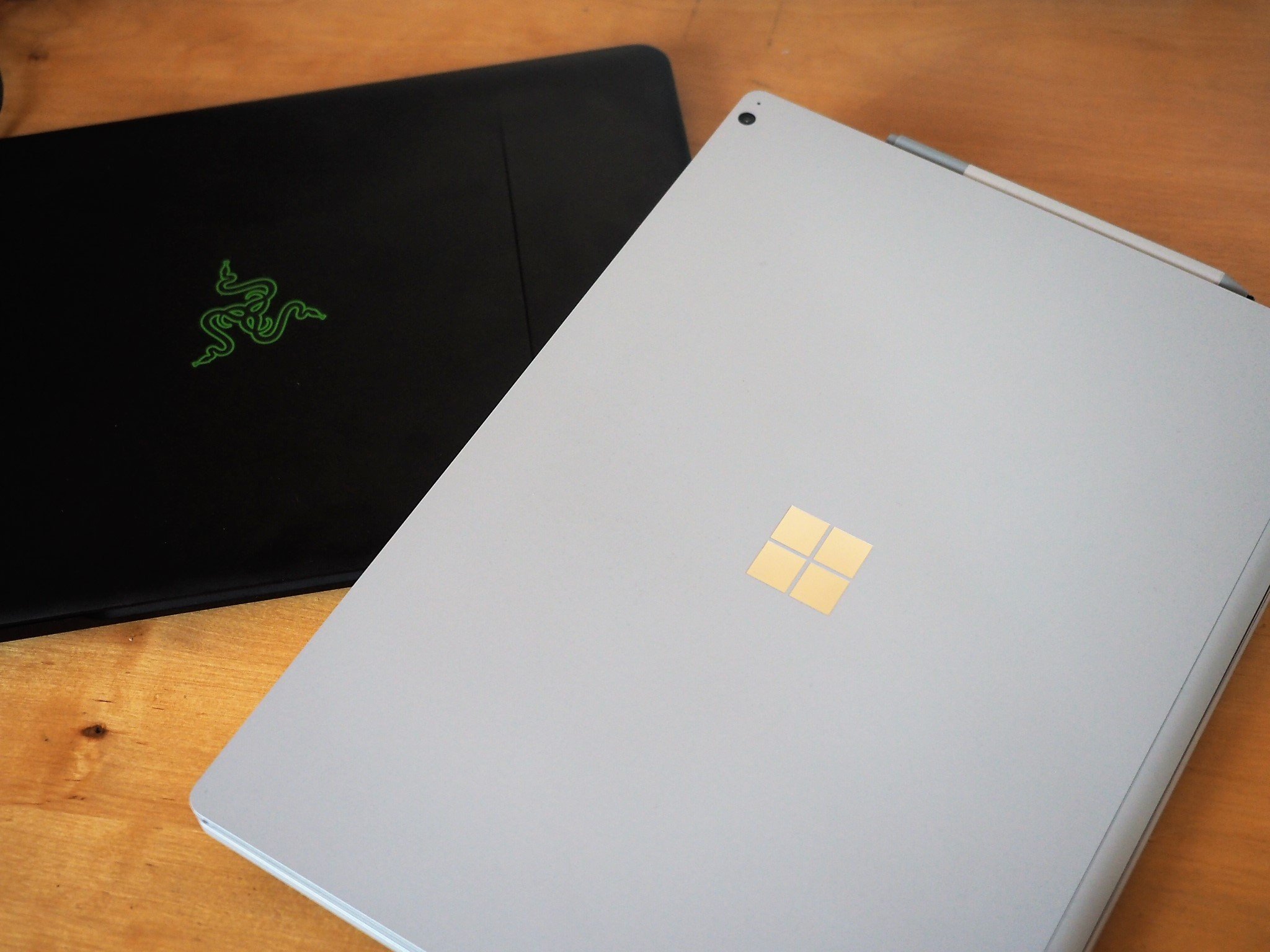
Last year, I wrote about switching from a Surface Book to a Razer Blade 14, citing the Blade's superior CPU and GPU as the reasons why. Now that the Surface Book 2 is here, I couldn't resist the urge to switch back.
I really enjoy the Razer Blade 14. It's a beastly device, without sacrificing style and size. Not only can it run games like a dream, it powers through all other tasks with ease, including video editing, heavy duty Photoshop, and even Mixed Reality and VR. Considering the internal spec difference between the Blade and the Surface Book 2 are negligible, why did I feel the need to drop over a thousand extra euros to switch back to Surface?
The reasons are numerous and potentially nuanced, but it boils down to one thing: the Surface Book 2 is the perfect device for me. And my experiences might help you decide which device is best for you.
Surface Book 2 15-inch vs. Razer Blade 14 (2017): Tech specs
| Category | Surface Book 2 15-inch | Razer Blade 14 (2017) |
|---|---|---|
| Display | 15-inch PixelSense Display 3:2 aspect ratio | 14-inch IGZO Screen 16:9 aspect ratio |
| Resolution | 3840 x 2160 (4K horizontal, Touch, Inking) | 1920 x 1080 (HD), Non-touch 3200 x 1800 (QHD+), Touch 3840 x 2160 (4K), Touch |
| OS | Windows 10 | Windows 10 |
| CPU | Core i5-7300U (3.2GHz) Core i7-8650U (4.2GHz) | Core i7-7700HQ 2.8GHz / 3.8GHz (Base / Turbo) |
| Storage | 256GB, 512GB, or 1TB PCIe NVMe SSD | 256GB, 512GB, or 1TB PCIe NVMe SSD |
| RAM | 8GB 16GB | 16GB |
| Graphics | Intel HD Graphics 620 GTX 1060 (6GB) | Intel HD Graphics 620 GTX 1060 (6GB) |
| Ports | Two USB Type-A 3.1 (Gen1) USB Type-C with video, power in/out and USB 3.1 (Gen1) data Headphone and microphone Full-size SDXC card reader (UHS-II) | One Thunderbolt 3 (USB-C) One HDMI 2.0a 3.5mm headphone/microphone 12/13-inch: Two USB 3.0 ports (SuperSpeed) 14-inch: Three USB 3.0 port (SuperSpeed) |
| Keyboard | Full-size, backlit | Full-size Razer Chroma Lighting (Black Models) |
| Battery | 80WHr | 70 WHr |
| Pen | Surface Pen | None |
| Weight | 4.20 lbs (1.9 kg) | 4.3lbs (1.95kg) |
| Dimensions | 13.5 in (343 mm) x 9.87 in (251 mm) x 0.57 in to 0.90 in (15mm to 23 mm) | 0.70 in (17.9 mm) x 13.6 in (345 mm) x 9.3 in (235 mm) |
| Price | Starts at $2,499 | Starts at $1,800 |
The Razer Blade experience
The Blade and the Book are fundamentally different devices, but they can be used for similar tasks. The Blade's quad-core processing and GTX 1060 GPU makes a breeze of intensive gaming, video editing, and Windows Mixed Reality, and produce a smooth Windows 10 experience across the board. Performance-wise, there's nothing to complain about with the Razer Blade, which packs a magical amount of power into a svelte, 4.3-pound package.
Performance-wise, there's nothing to complain about with the Razer Blade, which packs a magical amount of power.
I was using the Blade's 1080p non-touch offering, and while this display is nowhere as impressive as the Surface Book 2's, it more than gets the job done. I was amazed at how much I actually missed the touch capabilities on Windows 10, and if you feel the same, know that Razer offers touch variants of this device. But if you want digital inking, you'll have to get an external drawing tablet.
Perhaps the biggest annoyance I experienced personally with the Blade was the noise. Even lighter tasks like Skype calls would engage the fans underneath, which are incredibly noisy. If you fire up Windows Mixed Reality or even a modest game, the Razer Blade will sound as though it's about to blast off into orbit. It got to a point where I was trying to work around the noise, looking into cooling pad solutions or deliberately lowering the frames per second (FPS) or resolution in games to make it run a little more quietly.
Some other minor gripes with the Blade include the non-Precision touchpad, which while not terrible is a far cry from Microsoft's Surface line, although you can install Microsoft's Precision drivers to improve the situation.
All the latest news, reviews, and guides for Windows and Xbox diehards.
There are now some gunmetal variants, but most Blades are matte black, making them prone to visible smudges and dust. You'll potentially be cleaning it a lot, and it's made all the more annoying by the fact the speaker grills face upwards next to the keyboard.
For the most part though, the Blade is a beautiful and ultimately reliable device. I've never had a single crash or hang through several months of daily use. If you're willing to put up with the noise, it'll crush most modern games with ease, and it makes a joy of more intensive tasks like VR and video editing. This is the ultimate laptop for those who need something that travels with them, while not sacrificing the power, provided you don't want inking.
Surface Book 2 is a Swiss Army Knife
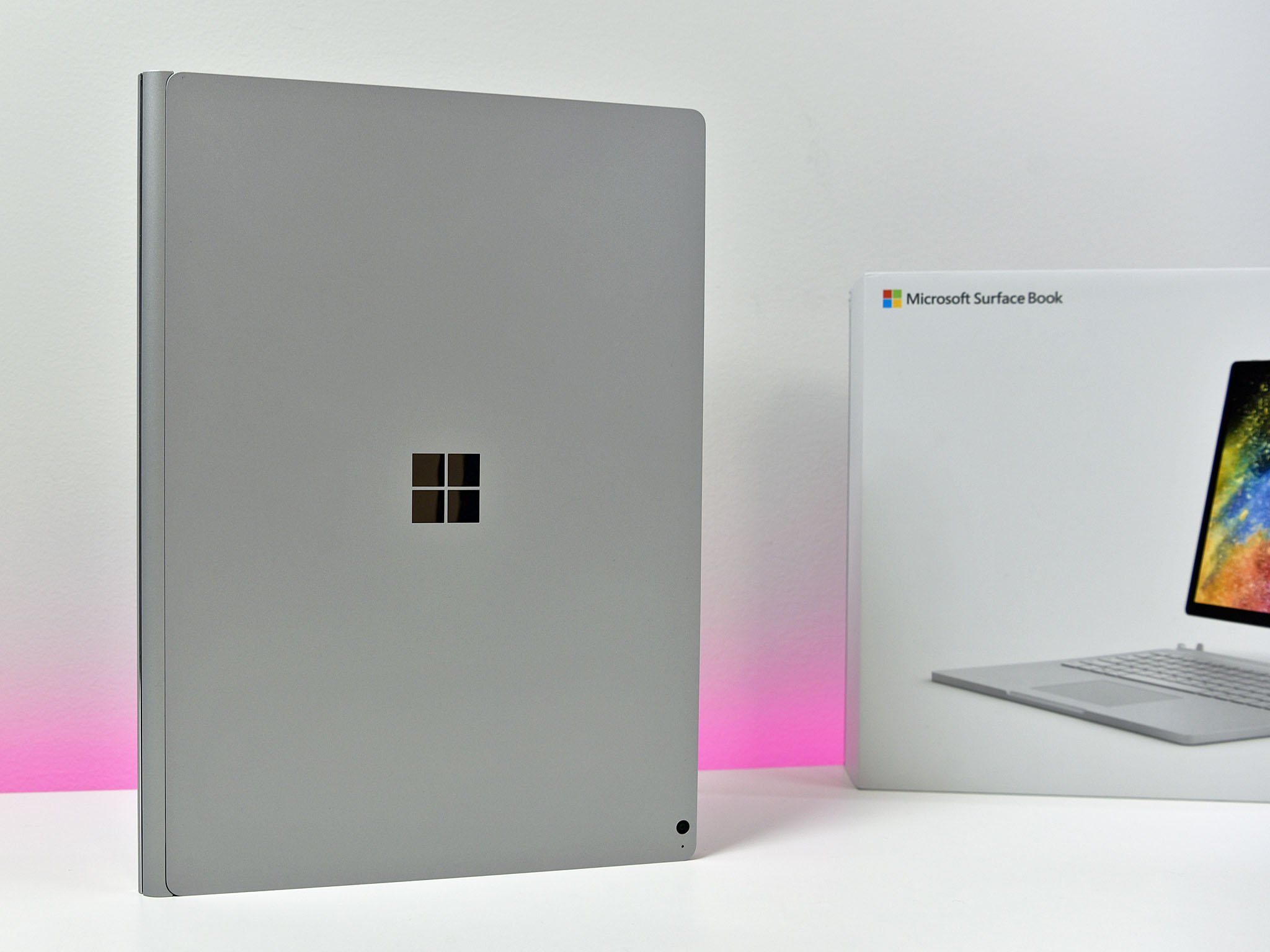
The Surface Book 2 is an gorgeous slab of engineering like no other. It's truly stunning how Microsoft was able to squeeze so much power into a relatively thin device. The CPU and other internals are packed into the display, while the GPU and batteries reside in the base, which comes with that unique fulcrum hinge.
The internals are relatively similar between the Blade and the Book 2. Quad-core processing joins a 6GB GTX 1060 for high-end gaming and other tasks, and crucially for me, the Surface Book 2 doesn't sound like a jet engine when under heavy load. That's not to say it doesn't get noisy at times, but you really have to push it.
The Surface Book 2 has a weaker CPU than the Blade, and it shows. The Blade produces a smoother OS experience, both in terms of animations and speed. Multi-tasking is noticeably better on the Blade, too. As I type this, I have a few programs open, and adding Google Hangouts into the mix (which is notoriously resource-heavy), the Surface Book 2 is having a slightly harder time than my Blade would have had.
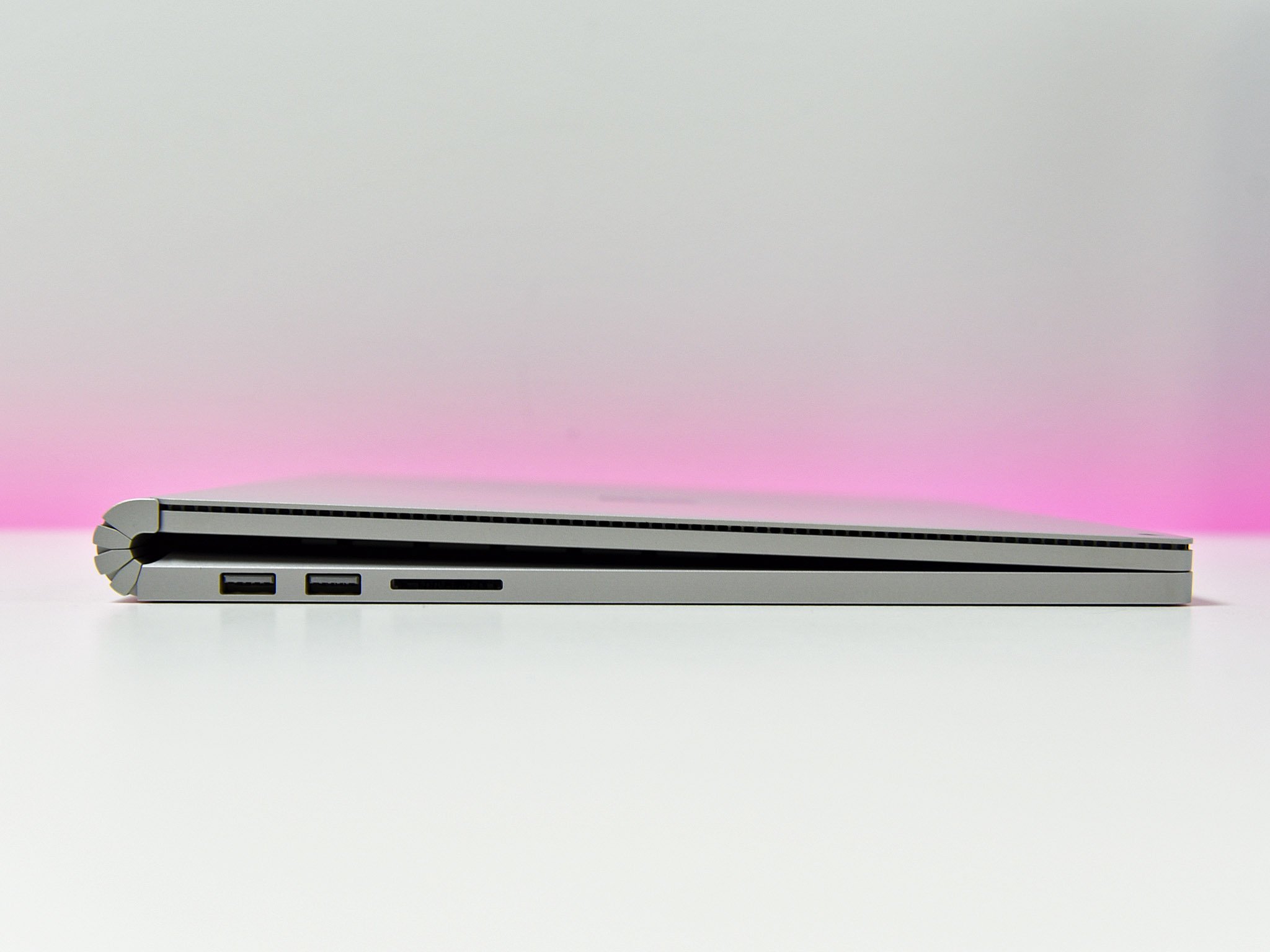
When you're not multi-tasking, the difference is harder to notice. Gaming performance generally feels near-identical, and the Surface Book 2's display really makes some games shine, particularly space games, making use of the Book 2's deep blacks. The Book 2 can suffer from battery drain in certain situations, when you're pushing it really hard, but it's unlikely you'll encounter this issue if you're using the Book 2's official charger.
The Book 2 should generally outperform the Blade on battery life, although you're not going to get more than an hour or two while running an intensive game on either. For general use, though, I get around five to six hours on the Blade, and around eight to 10 on the Book 2, which is impressive.
Most impressive of all is just how versatile the Surface Book 2 is. It's a creative studio in a single package, offering robust digital inking, high-level processing power, and a stunning display. It's also several hundred dollars more expensive than the Blade.
Which should you buy?
The Blade and Book 2 might seem similar when you're the looking at the internals, but ultimately, the choice boils down to what you intend to use them for. Both devices are beautiful, well-designed, robust, and powerful, packing serious processing into a petite package.
Both devices are incredibly beautiful, well-designed, robust, and extremely powerful.
Unless you intend to use digital ink, flipping the screen and laying it flat for artsy pursuits, it's almost impossible to recommend the Book 2 at that price point. There are simply cheaper options out there, which are often more powerful to boot. What you will get if you choose Surface over Razer are refinements: slimmer bezels, better cameras, a better trackpad, an SD-card slot, and a better display. But whether all of that is worth the extra cash is something only you can decide.
The Blade provides a slightly smoother OS and multi-tasking experience, at the cost of fan noise. While the Book 2 provides better battery life, you won't experience any sort of throttling while using the Blade, and you also have the option of Thunderbolt 3 peripherals, such as an external GPU.
I think for pure gamers, the Blade should certainly be considered first, but the Surface Book 2 is a jack of all trades across the board for creatives, prosumers, and gamers, and truly represents Windows at its best and most versatile.

Jez Corden is the Executive Editor at Windows Central, focusing primarily on all things Xbox and gaming. Jez is known for breaking exclusive news and analysis as relates to the Microsoft ecosystem while being powered by tea. Follow on Twitter (X) and tune in to the XB2 Podcast, all about, you guessed it, Xbox!
